According to the Decision, the general goal is to prepare human resources in the fields of science, technology, engineering and mathematics (STEM) with high professional and technical qualifications to meet the needs of expanding investment in developing high-tech fields, focusing on a team of talented human resources capable of participating deeply in the research and development of strategic technologies and prioritized high technologies; creating a national competitive advantage in attracting investment from large technology corporations in the world, contributing to the economic restructuring and sustainable development of the country in the new era based on science, technology and innovation, digital transformation and green transformation.
Strive to have 35% of people studying STEM majors at each training level by 2030.
The decision clearly states that the specific goal by 2030 is to rapidly increase the scale of high-level training in STEM fields, especially basic sciences and fields related to digital technology, artificial intelligence and biotechnology. The proportion of people studying STEM fields will reach 35% at each training level, of which at least 2.5% will be in basic sciences and 18% will be in fields related to digital technology.
The number of graduates from training programs on information and communication technology reaches 80,000 people/year, of which at least 10% are awarded engineering, master's or doctoral degrees. The number of graduates from specialized training programs on artificial intelligence reaches 8,000 people/year, of which at least 20% are awarded engineering, master's or doctoral degrees; 100% of bachelor's, engineer's and master's training programs in STEM fields integrate knowledge and skills in data analysis and artificial intelligence.
In addition, create breakthroughs in training and nurturing talents associated with developing strong research groups in basic sciences, key engineering and technology sectors to serve the development of strategic technology, prioritized high technology, and key national projects.
Specific goals for the 2030-2035 period: Strive for the number of graduates from information and communication technology training programs to reach 100,000 people/year, of which at least 15% will be awarded an engineering, master's or doctorate degree. The number of graduates from specialized training programs on artificial intelligence will reach 15,000 people/year, of which at least 20% will be awarded an engineering, master's or doctorate degree. There will be at least 50 recognized strong research groups in STEM fields, of which 30 groups will be in strategic technology and high-tech fields with priority; international publication rankings in STEM fields will continue to improve.
By 2045, high-quality, highly-skilled STEM human resources will become Vietnam's core competitive advantage in attracting investment in high-tech sectors, especially strategic technology sectors. Vietnam's highereducation system is ranked among the top in Asia in training and research in STEM fields, especially in digital technology, artificial intelligence and biotechnology.
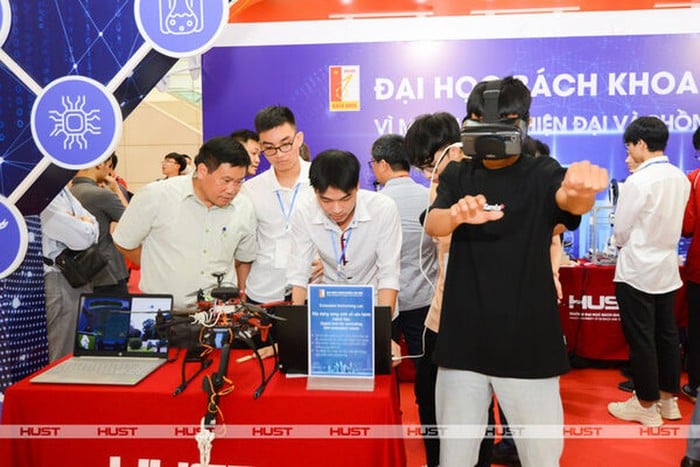
Illustration
6 groups of tasks and solutions
To achieve the set goals, the Decision clearly states 6 groups of tasks and implementation solutions including:
1. Strengthen investment policies for STEM education and financial support for STEM students
Research and amend regulations on preferential credit for learners in the direction of expanding the subjects and conditions for borrowing, reducing interest rates, increasing loan amounts and repayment terms, and providing special incentives for STEM majors.
2. Complete and promote the implementation of training support policies, attract good lecturers
Develop specific mechanisms and policies, and provide financial support to attract, recruit, and hire excellent foreign lecturers in STEM fields to work and teach at domestic universities, especially for talent training programs.
3. Increase investment in facilities and technology for training and research in higher education institutions
Invest in upgrading laboratory systems, technology and learning materials to serve training and research in STEM fields to serve high-tech development; prioritize modern investment for selected training facilities to implement talent training programs.
4. Implement talent training programs linked with scientific research and technology development
Implement 100 talented engineer and master training programs and 100 talented doctoral training programs in STEM fields associated with developing strong research groups in priority strategic and high-tech technology fields.
5. Promote international cooperation in training and research in STEM fields and high-tech and strategic technology fields.
Strengthening the building and expansion of international relations at all levels, especially with countries and economies with high levels of development in science and technology, large technology corporations and international organizations to exchange experiences and cooperate in human resource training associated with high-tech research and development.
6. Strengthening mobilization and diversification of investment resources
Integrate appropriate tasks and solutions of the Project into relevant programs, plans and projects approved by competent authorities to effectively use funding sources for the implementation of the Project.
Funding for the implementation of the Project is prioritized from the state budget, including the central budget and local budgets in accordance with the state budget's balancing capacity according to the provisions of the State Budget Law and the provisions of the law on public investment; legal revenue sources of training institutions; investment and sponsorship sources from enterprises, organizations, individuals and other legal funding sources.
Issue training program standards
Regarding implementation, the Deputy Prime Minister requested the Ministry of Education and Training to develop and promulgate standards for talent training programs and criteria for evaluating and selecting training programs and training facilities participating in talent training; guide registration, organize the selection of training facilities and assign talent training targets; guide training facilities to propose investment projects for laboratories and implement talent training programs.
The Ministry of Science and Technology guides the implementation and prioritizes the implementation of scientific and technological tasks in strategic technology fields associated with talent training programs and PhD training in STEM fields.
The Ministry of Finance shall preside over and coordinate with the Ministry of Education and Training and relevant ministries, agencies and localities to review, synthesize and submit to competent authorities to arrange state budget funds to implement the tasks and solutions of the Project in accordance with the law on state budget, public investment and relevant legal provisions.
Source: https://phunuvietnam.vn/den-nam-2030-tang-nhanh-quy-mo-dao-tao-trinh-do-cao-khoi-nganh-stem-2025052508420513.htm


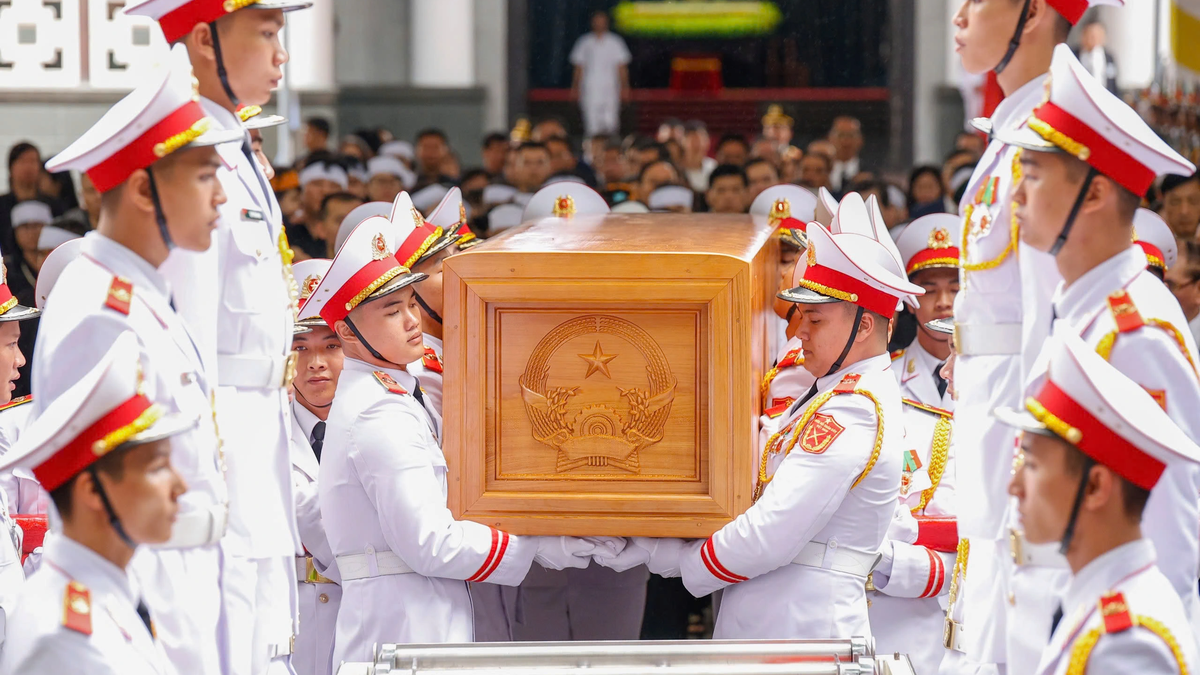
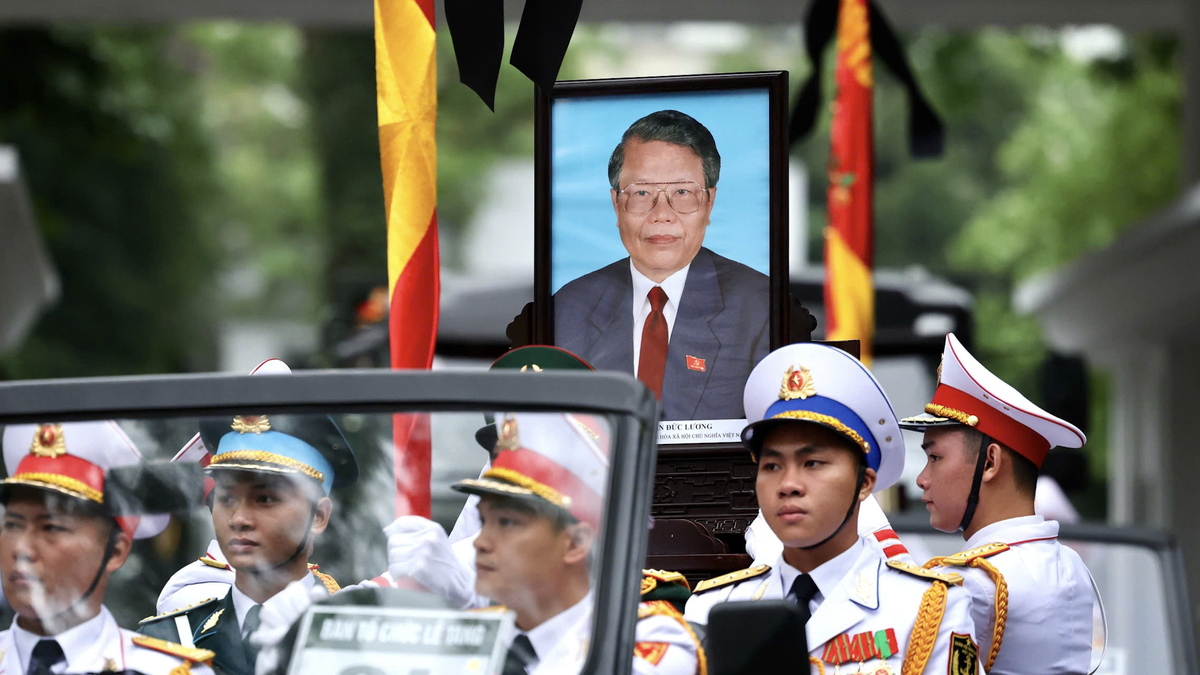
![[Photo] Memorial service for former President Tran Duc Luong in Ho Chi Minh City](https://vphoto.vietnam.vn/thumb/1200x675/vietnam/resource/IMAGE/2025/5/25/c3eb4210a5f24b6493780548c00e59a1)
![[Photo] President Luong Cuong receives Lao Vice President Pany Yathotou](https://vphoto.vietnam.vn/thumb/1200x675/vietnam/resource/IMAGE/2025/5/25/958c0c66375f48269e277c8e1e7f1545)
![[Photo] Panorama of the memorial service for former President Tran Duc Luong](https://vphoto.vietnam.vn/thumb/1200x675/vietnam/resource/IMAGE/2025/5/25/d33968481f21434fa9ed0df48b9ecfa9)
![[Photo] Prime Minister Pham Minh Chinh meets the Vietnamese community in Malaysia](https://vphoto.vietnam.vn/thumb/1200x675/vietnam/resource/IMAGE/2025/5/25/1f11d1256d7745a2a22cc65781f53fdc)


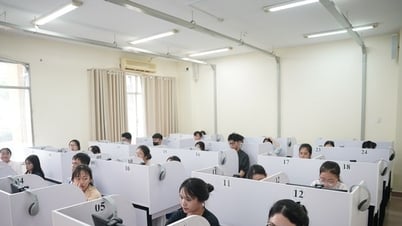





![[Video] Vietnamese students win first prize in East Asia at global film competition](https://vphoto.vietnam.vn/thumb/402x226/vietnam/resource/IMAGE/2025/5/25/3d525280b49a438793d77319167f53e4)

















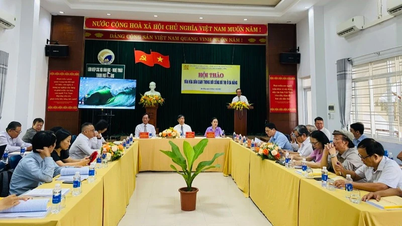





















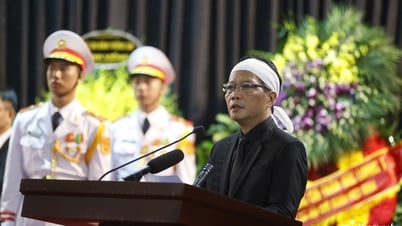
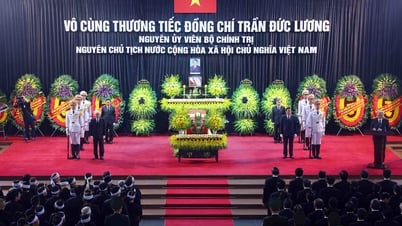
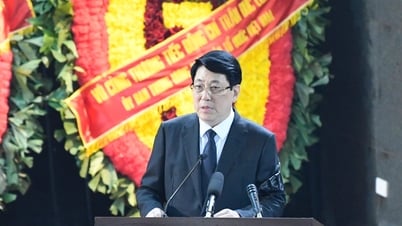













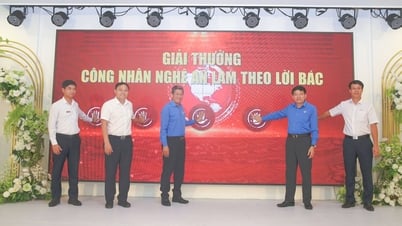









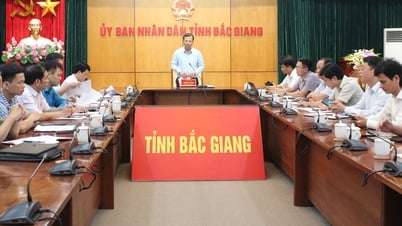



Comment (0)